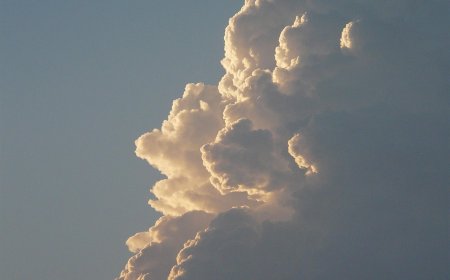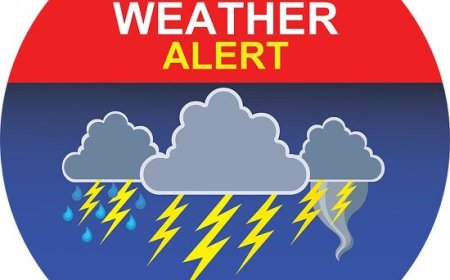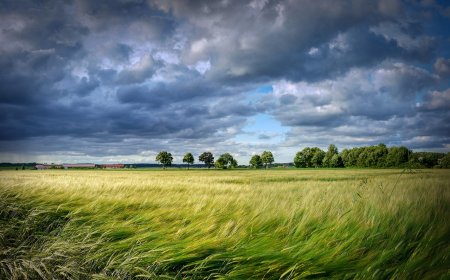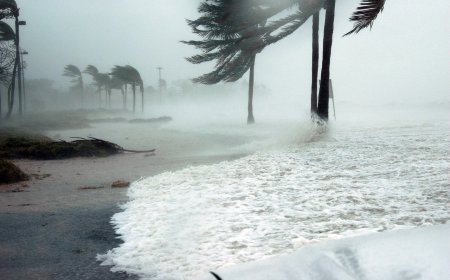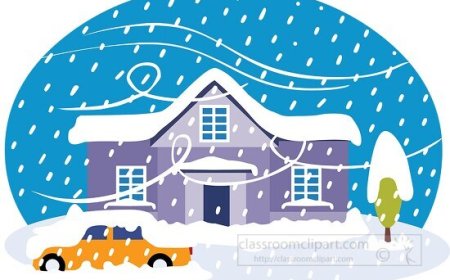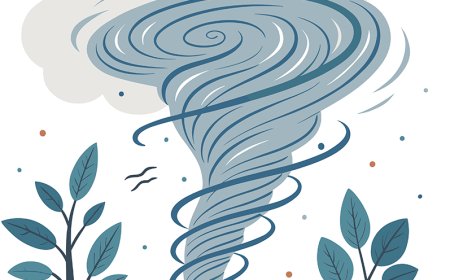What Is a Hurricane? How Hurricanes Form and Their Powerful Effects
Explore how hurricanes form, what makes them so powerful, and how they impact weather, land, and people. Learn safety tips and storm facts in this student-friendly article.
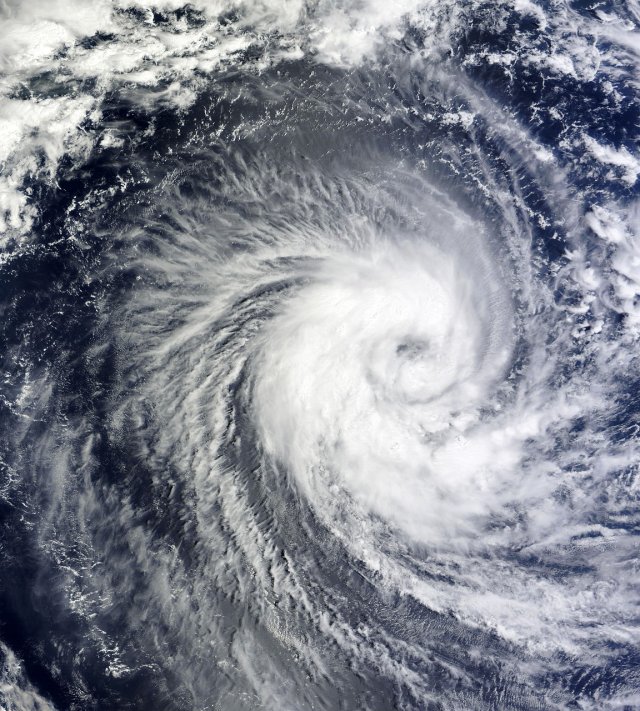
🎯 Introduction
A hurricane is one of the strongest and most powerful storms on Earth. These spinning giants bring howling winds, heavy rain, and massive waves to coastal areas. A hurricane can cause flooding, damage homes, and knock out power for days-or even weeks.
But hurricanes don't appear out of nowhere. They form over warm ocean water, grow stronger as they spin, and are guided by wind patterns across the sea. By studying hurricanes, scientists can predict when and where they will hit and help people prepare.
In this article, you'll learn what hurricanes are, how they form, and how to stay safe when one is on the way.
🌍 What Is a Hurricane?
A hurricane is a large, rotating storm system that forms over warm tropical oceans. It has strong winds (at least 74 mph) and heavy rain. In different parts of the world, hurricanes have different names:
-
Hurricane - North America
-
Typhoon - Western Pacific Ocean
-
Cyclone - Indian Ocean and South Pacific
These are all the same type of storm-just with different names.
🧬 How Do Hurricanes Form?
Hurricanes need a few things to form:
-
Warm Ocean Water - at least 80°F (27°C)
-
Moist Air - rises from the ocean and forms clouds
-
Wind Patterns - help the storm spin and grow
Formation Process:
-
Warm water heats the air above it.
-
Warm, moist air rises and creates clouds.
-
More air rushes in to take its place, creating wind.
-
The storm begins to rotate due to the Coriolis effect (caused by Earth's spin).
-
When winds reach 74 mph, the storm becomes a hurricane.
🌀 Parts of a Hurricane
| Part | Description |
|---|---|
| Eye | The calm center of the storm (clear skies) |
| Eyewall | Ring of strong winds and rain around the eye |
| Rainbands | Outer bands with heavy rain and thunderstorms |
🧭 Where Do Hurricanes Happen?
Hurricanes form in tropical regions near the equator and move toward land. They mostly affect:
-
U.S. East Coast and Gulf Coast
-
Caribbean Islands
-
Mexico and Central America
-
Southeast Asia
-
Australia
🌊 Hurricane Damage and Dangers
Hurricanes can cause:
-
Storm surge (sea water flooding the coast)
-
Strong winds that tear down trees and buildings
-
Heavy rainfall that causes floods
-
Tornadoes in the outer bands of the storm
-
Power outages and blocked roads
🛡️ How to Stay Safe During a Hurricane
Before the Hurricane:
-
Listen to weather alerts
-
Prepare an emergency kit
-
Board up windows
-
Follow evacuation orders
During the Hurricane:
-
Stay indoors, away from windows
-
Stay in a safe room or shelter
-
Don't go outside during the "eye" of the storm-it's not over!
After the Hurricane:
-
Avoid flooded areas and downed power lines
-
Don't drink tap water until it's declared safe
-
Help others if you can
🗓️ Hurricane Season
-
Atlantic Hurricane Season: June 1 - November 30
-
Pacific Hurricane Season: May 15 - November 30
-
Most storms occur between August and October
🌪️ Famous Hurricanes in History
| Name | Year | Location | Impact |
|---|---|---|---|
| Katrina | 2005 | Louisiana, USA | $125 billion in damage; over 1,800 deaths |
| Harvey | 2017 | Texas, USA | Historic flooding in Houston |
| Sandy | 2012 | U.S. East Coast | Flooding in New York and New Jersey |
| Haiyan (Typhoon) | 2013 | Philippines | Over 6,000 lives lost |
| Andrew | 1992 | Florida, USA | One of the most destructive U.S. hurricanes |
🌟 Interesting Facts
-
A hurricane can be over 300 miles wide
-
The eye can be calm while winds outside are over 100 mph
-
Hurricanes lose strength over land because they need warm water to survive
-
The strongest hurricanes are called Category 5
-
Hurricane names are chosen from an alphabetical list and reused unless retired for being especially deadly
🧠 Kid-Friendly Summary
Hurricanes are giant spinning storms that form over warm ocean water. They bring strong winds, heavy rain, and sometimes flooding. If a hurricane is coming, it's important to listen to warnings and go to a safe place until it passes.
✨ Key Takeaways
-
Hurricanes are powerful storms that form over warm oceans.
-
They bring high winds, rain, and storm surge.
-
The storm has parts: eye, eyewall, and rainbands.
-
Hurricanes cause floods, damage, and sometimes tornadoes.
-
People can stay safe by preparing and following evacuation plans.
📖 Vocabulary Words
| Word | Definition |
|---|---|
| Hurricane | A large, spinning tropical storm with strong winds and rain |
| Storm Surge | Ocean water pushed onto land during a hurricane |
| Evacuation | Leaving an area to stay safe from danger |
| Coriolis Effect | The force that causes storms to spin due to Earth's rotation |
| Rainbands | Lines of heavy rain and wind outside the hurricane's eye |
| Eyewall | The area around the eye with the strongest winds |
| Tropical Storm | A storm that may become a hurricane |
| Category 5 | The strongest type of hurricane |
| Flooding | Overflow of water into normally dry areas |
| Emergency Kit | Supplies like food, water, and flashlight for emergencies |
✅ Interactive Quiz
Q1: What is the calm center of a hurricane called?
A. Storm wall
B. Eye
C. Funnel
D. Surge
Q2: What causes hurricanes to weaken?
A. Cold wind
B. Moving over land
C. More sunshine
D. Clouds
Q3: At what wind speed does a tropical storm become a hurricane?
A. 50 mph
B. 60 mph
C. 74 mph
D. 90 mph
Q4: What is a storm surge?
A. A rainstorm
B. A powerful tornado
C. Ocean water pushed onto land
D. Wind that knocks over trees
Q5: What is the name of the scale used to rank hurricane strength?
A. Richter Scale
B. Fujita Scale
C. Wind Scale
D. Saffir-Simpson Scale
Scoring:
5/5 = 🌀 Hurricane Hero
3–4 = 🌧️ Storm Survivor
1–2 = 📘 Weather Watcher in Training


















































